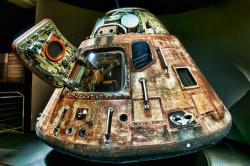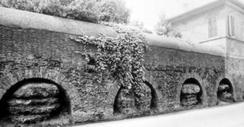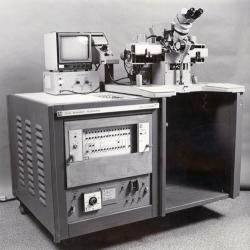1992

6225 Vectorspace BlvdTitusvilleState: FLZip: 32780Country: USAWebsite: http://www.asme.org/about-asme/history/landmarks/topics-a-l/air-and-space-transportation/-162-apollo-space-command-module-%281968%29, http://nssdc.gsfc.nasa.gov/planetary/lunar/apollo14info.htmlCreator: North American Aviation

The roman emperor Trajan ordered a new aqueduct be built to bring fresh water to Italy's Trastevere region and parts of Rome. The water is collected from five springs that feed the lake at Bracciano, and traverses over 25 miles into Rome. To maintain an even gradient, the aqueduct follows a meandering alignment through the countryside to avoid hills and major valleys. The water runs through an open-channel canal that is either arch-supported, at-grade, or underground.

The ABACUS II, designed and built by Texas Instruments, was the first practical automated production machine for the assembly of integrated circuits. Using heat and pressure, it bonded fine gold wire to microscopic contacts on the silicon chip and pin connections on the package.
The ABACUS II could maintain a positioning accuracy of ± 0.00025 inch while bonding up to 375 devices an hour. Following the success of this prototype, almost 1,000 ABACUS II wire bonders were built, making the economical mass production of integrated circuits a reality.


